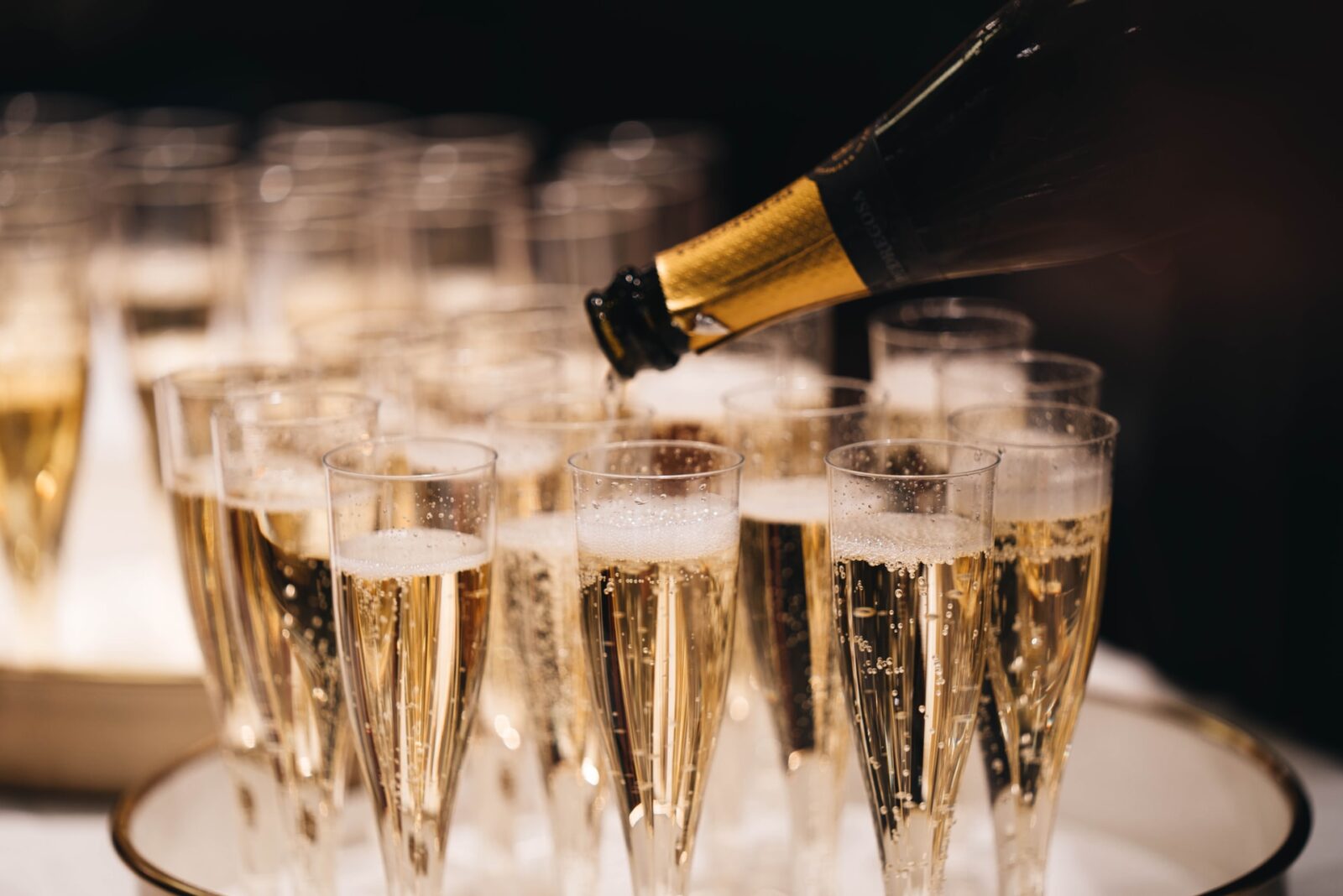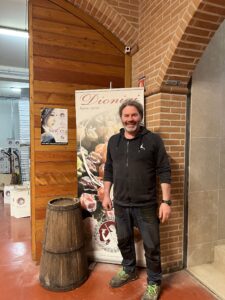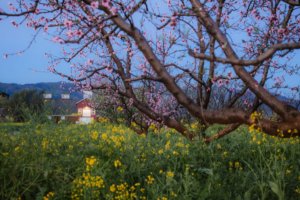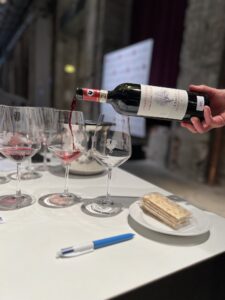Krug Champagne Styles
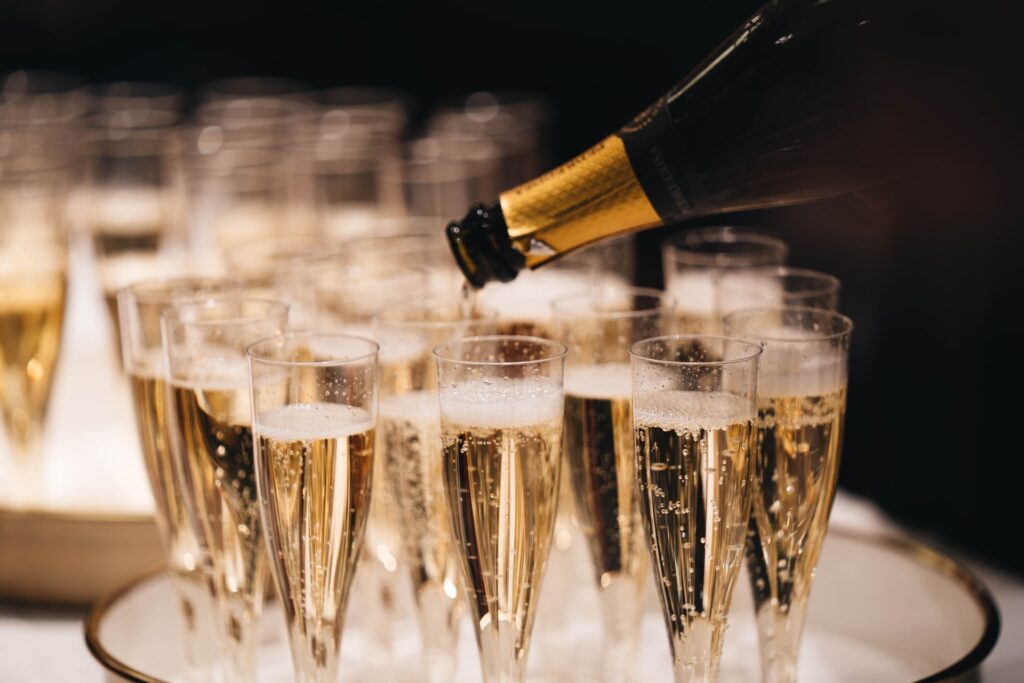
3 Exciting Secrets of Krug Champagne
An Insider look at the House of Krug
When you purchase a specific brand of Champagne, what is the first thing that comes to mind?
Though price—and marketing–are key factors, other elements come into play.
Namely, the Champagne style.
Do you prefer a rich, sumptuous full bodied Champagne style with luxurious notes of hazelnut and baked bread?
Or do you like a sharp, vibrant Champagne style with racy acidity that pairs well with oysters?
And how would Champagne lovers without a billion-dollar trust fund even have the opportunity to understand and recognize the Champagne Style of a brand?
One way is to purchase representative bottles of the top non-vintage Champagne brands, and host a comparative tasting for your friends.
Another way is to attend an event like the La Fete Du Champagne, where a walk-around tasting gives you the opportunity to compare Champagne styles and also meet the Champagne producers.
Champagne Styles: Method of Comparison
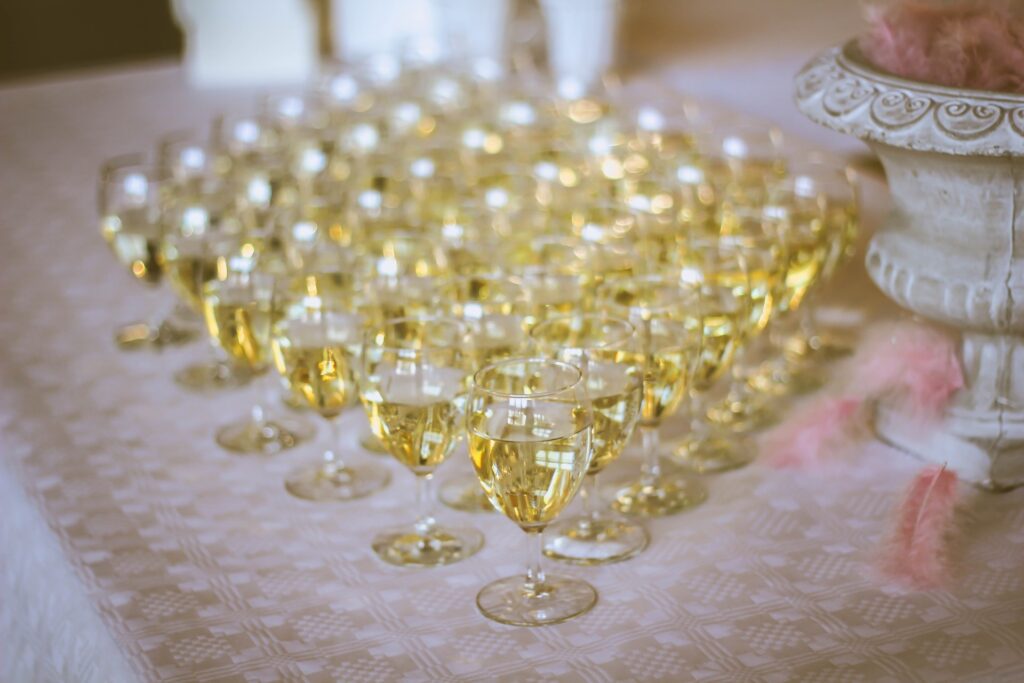
La Fete Du Champagne remains the most enjoyable and cost-effective way to understand Champagne styles.
This week-long festival, co-founded by Daniel Johnnes, is based on his American “La Paulée” event. (Click here for the Forbes.com article showcasing La Paulée).
Walk Around Champagne Styles Tastings
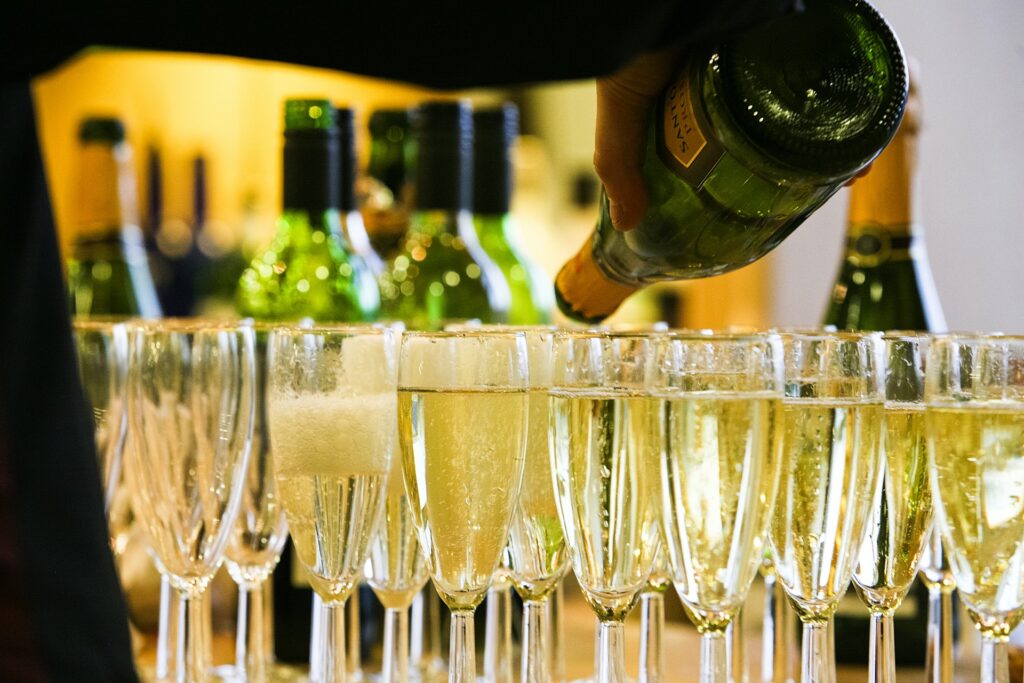
Both popular wine festivals offer a week of exciting programing involving “walk-around” tastings of wines, wine seminars, wine dinners, lunches, and more.
So in a normal year, a La Fete du Champagne guest can taste the Champagne styles of hundreds of producers and compare them.
Seminars include focused talks on subjects that include the tradition of Champagne, new winemaking techniques, and wine and food pairing.
Daniel Johnnes and Champagne styles expert Peter Liem built the La Fete du Champagne around the high quality Champagne producers invited to attend.
Michelin rated chefs provided delicious food to accompany the different Champagne styles. Champagne was poured into Zalto glasses, considered by the organizers to be the best for tasting Champagne.
In 2020, the La Fete du Champagne festival went virtual, bringing the seminars and luxury Champagne tasting experience into your home.
Krug Champagne Styles Virtual Tasting
In 2020, guests did not taste and compare different Champagne styles as they would in the traditional ballroom “Grand Tasting.”
Instead, they purchased tickets and tasting packages to attend a specific virtual tasting seminar from a favorite producer.
The Krug Champagne Virtual Tasting
Krug Champagne stands out as one of the best choices of seminars.
What attracted me to this virtual tasting is the fine Krug reputation.
A key attraction for the virtual Krug presentation is that Olivier Krug would discuss his Champagnes and the family history.
An added benefit would be that Chef Arnaud Lallement, owner of 3-star Michelin restaurant Assiette Champenoise would stand by him to discuss food pairings.

History of Krug Champagne
Every Champagne brand and champagne style is distinctive in its own way.
German-born Joseph Krug founded this Champagne House in 1843. He had a gifted eye for the best vineyard land and a passion for making the best Champagne from grapes grown on this prized terroir.
“Krug was the first Champagne house in which every cuvée is designed to be of equal quality and distinction,” says Olivier Krug in the live virtual presentation.
“My great-great-grandfather wanted to provide clients with pleasurable Champagne experience possible every year, regardless of climate. He believed one must have superior materials to make superior Champagne. He used only the finest materials, grapes, and techniques for his wines.”
Champagne Styles: Joseph Krug’s “Magic” Red Leather Notebook
To reinforce the importance of Joseph Krug recognizing superior vineyards, Oliver Krug showed guests a picture of an ancient red leather notebook.
.

To reinforce the importance of Joseph Krug recognizing superior vineyards, Oliver Krug showed guests a picture of an ancient red leather notebook.
“Joseph Krug carried this notebook with him, recording notes about the vineyards and the grapes each tiny plot could produce. We recently found it. We now display it at the Krug headquarters in Reims.”
The Offices of La Fete Du Champagne Co-Founder Daniel Johnnes

In normal times during La Fete du Champagne event, I would sit in an elegant ballroom with other Champagne lovers to attend a seminar.
But this year it is all virtual.
Guests who bought the Krug Champagne package sit at home, their Champagne opened and glasses poured, waiting for the presentation to begin via Zoom at a designated hour.
Though the presentation is live, guests also receive a recording so they can “attend” at their leisure.
I live in New York City, so I opted to visit the offices of Daniel Johnnes and taste the wines in a private room.
The room has a large screen showing the Zoom Krug presentation.
The Krug Champagne Virtual Tasting
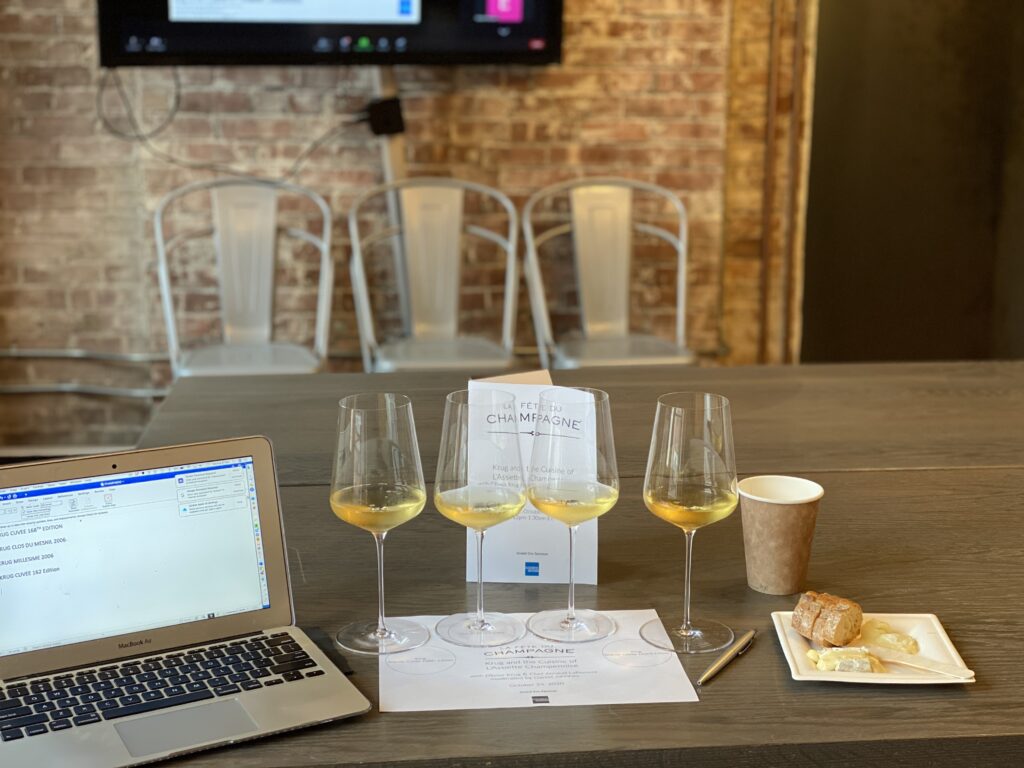
The presentation begins as Mr. Johnnes introduces Olivier Krug, Chef Arnaud Lallement, and Mr. Lallement’s 20-year-old son, Brice.
At the same time, the Champagne is poured for the tasting.
KRUG CUVEE 168TH EDITION
KRUG CLOS DU MESNIL 2006
KRUG MILLESIME 2006
KRUG CUVEE 162TH EDITION
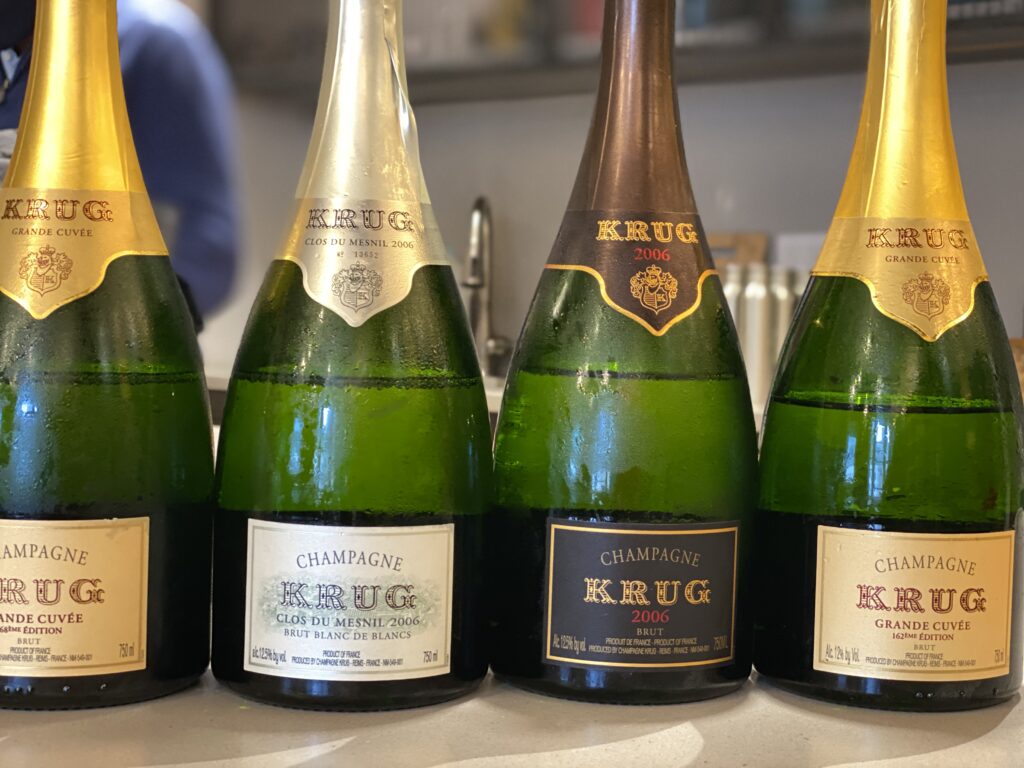
On screen, Mr. Krug speaks.
“The Krug Moment should always be about pleasure. What happens each year to make a single bottle of Krug Grande Cuvée is unlike anything else that happens in the world of Champagne.”
The Grand Cuvée
The flagship Grande Cuvée is a blend of over 120 types of wine made each year from different plots of Chardonnay, Pinot Noir, and Pinot Meunier.
Both the Krug Grande Cuvée 162TH and 168th Edition are made in the same way. First Krug separates all base wines according to vineyard plots. Once tasted, the cellar master makes notes on these base wines that will determine the final blend.
These two Krug Grande Cuvée wines share similar Champagne styles. The characteristics include a light gold color, fast tiny bubbles, and aromas of flowers, citrus, marzipan, ginger, hazelnut and almonds.
The finish is long and persistent. Of course, the older wine shows more depth of flavor and richness from extended lees aging.
Krug Champagne Styles: Grand Cuvee Edition Number
As Mr. Krug discussed each wine, he also mentions that since 2011, a six-digit code is issued on the back label of every bottle of Krug “Grande Cuvée.” Enter this Krug ID on Krug’s website and discover which vintages, grapes, and vineyard plots were used to make that specific blend.
Krug Clos du Mesnil 2006
The Krug Clos du Mesnil 2006 is a vintage wine, also based only on the Chardonnay grape. Mr. Krug compares this Champagne style to that of a solo performer in an orchestra, as it is all one grape (Chardonnay) and one vineyard plot.
Krug Millesime 2006
This is a blend of Chardonnay and the Pinot Noir and Pinot Meunier, produced in a single vintage year.
Champagne Styles: Pairing with Food
With each introduction of a Champagne, Chef Lallement introduced a new food pairing.
Guests vicariously enjoyed his finished presentations featuring tempting looking scallop and lobster dishes. As is typical of French chefs, Mr. Lallement paired the Champagnes to the sauce of the dish, rather than the principle protein (a la scallops, lobster, or salmon). You can read more exciting ideas on how to pair Champagne with cuisine here
It would have been interesting to see Chef Lallement produce these dishes in the kitchen, but we will have to wait to visit his restaurant in Champagne—or hope for a Youtube video.
Kudos to Mr. Johnnes and Mr. Liem and all the producers involved for making La Fete du Champagne happen this year – if only virtually.

